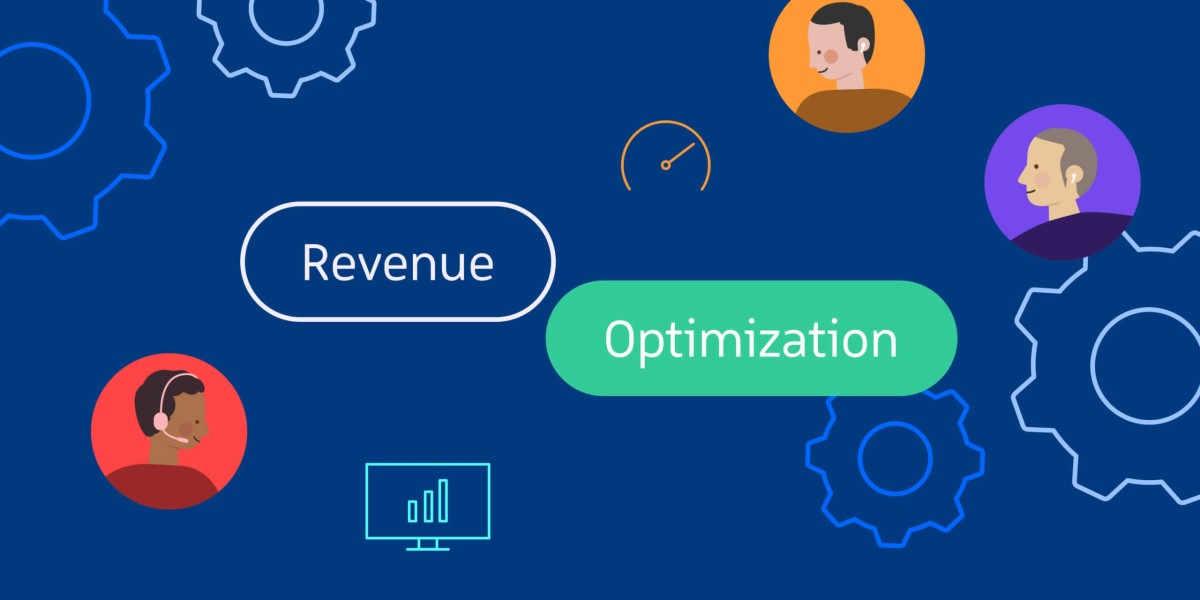For many entrepreneurs, launching a business is just the beginning. The true challenge—and opportunity—lies in what comes next: small business scaling. Unlike simple growth, scaling a small business means increasing revenue and capacity efficiently without a corresponding rise in operating costs or complexity.
Done right, small business scaling turns a thriving venture into a sustainable, profitable enterprise. Done poorly, it can stretch resources too thin and compromise quality, customer satisfaction, and company culture.
In this article, we’ll explore what small business scaling entails, when it’s time to scale, common pitfalls to avoid, and practical strategies to scale smartly.
What Does Small Business Scaling Mean?
Small business scaling refers to the strategic expansion of your operations, customer base, or product lines in a way that maximizes efficiency. Unlike linear growth—where you invest more to earn more—scaling is about creating systems, processes, and infrastructure that allow you to grow revenue exponentially without proportionally increasing costs.
In other words, scaling is building the capacity to grow while maintaining or improving profitability and performance.
Signs You’re Ready to Scale Your Small Business
Not every business is ready to scale. Attempting to do so too early can lead to operational breakdowns, cash flow issues, and customer dissatisfaction. Consider scaling only when you’ve checked the following boxes:
Consistent Revenue Streams: You have predictable, stable income from your products or services.
Strong Market Demand: There’s proven demand, and your offering fills a clear market need.
Repeatable Processes: Your operations are streamlined, and your product or service delivery is consistent.
Capacity to Handle Growth: You have—or can quickly acquire—the people, technology, and systems needed to support more customers.
Financial Cushion: You have the working capital or funding to invest in scaling without risking your core operations.
Common Pitfalls in Small Business Scaling
Scaling a small business is exciting, but it's easy to make mistakes that can derail progress. Some of the most common scaling pitfalls include:
Growing Too Fast: Rapid expansion without the right systems can lead to chaos.
Ignoring Culture: Scaling can strain your team. Neglecting company culture during growth often results in high turnover and poor morale.
Failing to Delegate: Founders who try to do everything themselves become bottlenecks.
Neglecting Customer Experience: As volume increases, customer service can suffer if not properly scaled.
Poor Cash Flow Planning: Growth requires upfront investment—without a clear financial plan, scaling can put a business in the red.
Smart Strategies for Small Business Scaling
1. Systematize Your Operations
Before you scale, make sure your operations are efficient and repeatable. Document your workflows, standard operating procedures (SOPs), and training processes so your team can operate consistently as you grow.
Use tools like CRMs, inventory management software, and task automation to reduce manual work and human error.
2. Focus on Core Offerings
Start by scaling your most successful and profitable product or service. Avoid stretching yourself too thin by offering too many new things at once. Scaling should focus on doubling down on what’s already working.
3. Leverage Technology
Digital tools can be your best friend during scaling. Automate scheduling, email marketing, bookkeeping, and customer support where possible. Cloud-based platforms allow for scalability without major infrastructure costs.
Examples:
Use Slack or Teams for internal communication.
Use HubSpot or Zoho CRM for managing leads and customers.
Use QuickBooks or Xero for financial automation.
4. Hire Strategically
You don’t need to build a huge team overnight. Instead, hire based on skill gaps and future needs. Bring on people who are versatile and aligned with your company values. Consider outsourcing certain functions (like bookkeeping or digital marketing) to scale cost-effectively.
5. Strengthen Financial Management
Scaling puts pressure on cash flow. Create financial forecasts that account for increased expenses like inventory, payroll, marketing, and technology. Maintain access to capital through loans, investors, or a strong line of credit.
Work with a financial advisor or accountant who understands small business scaling dynamics.
6. Improve Customer Retention
Acquiring new customers is expensive. During scaling, focus on increasing customer lifetime value through better service, upsells, loyalty programs, and personalization. Loyal customers not only spend more—they refer others.
7. Measure Everything
Track metrics that matter—like customer acquisition cost, churn rate, average order value, and fulfillment time. Use data to make informed decisions and course-correct as needed.
Case Example: Scaling a Small E-Commerce Business
A small skincare brand selling handmade products online started seeing consistent monthly sales and wanted to scale. Here's how they did it:
Implemented an automated inventory and fulfillment system.
Outsourced packaging and shipping to a third-party logistics provider (3PL).
Hired a freelance marketing expert to run targeted ad campaigns.
Introduced a subscription model for recurring revenue.
Used customer feedback to streamline the top three bestselling products.
Within 12 months, their revenue tripled, customer complaints dropped, and fulfillment time was cut by 50%.
Final Thoughts
Small business scaling is about more than increasing sales—it's about building a resilient, agile infrastructure that can handle growth without breaking down. With the right mindset, systems, and support, small business owners can scale their ventures efficiently and sustainably.
Whether you're in services, e-commerce, tech, or manufacturing, the principles remain the same: focus on value, stay lean, automate intelligently, and lead with purpose.






